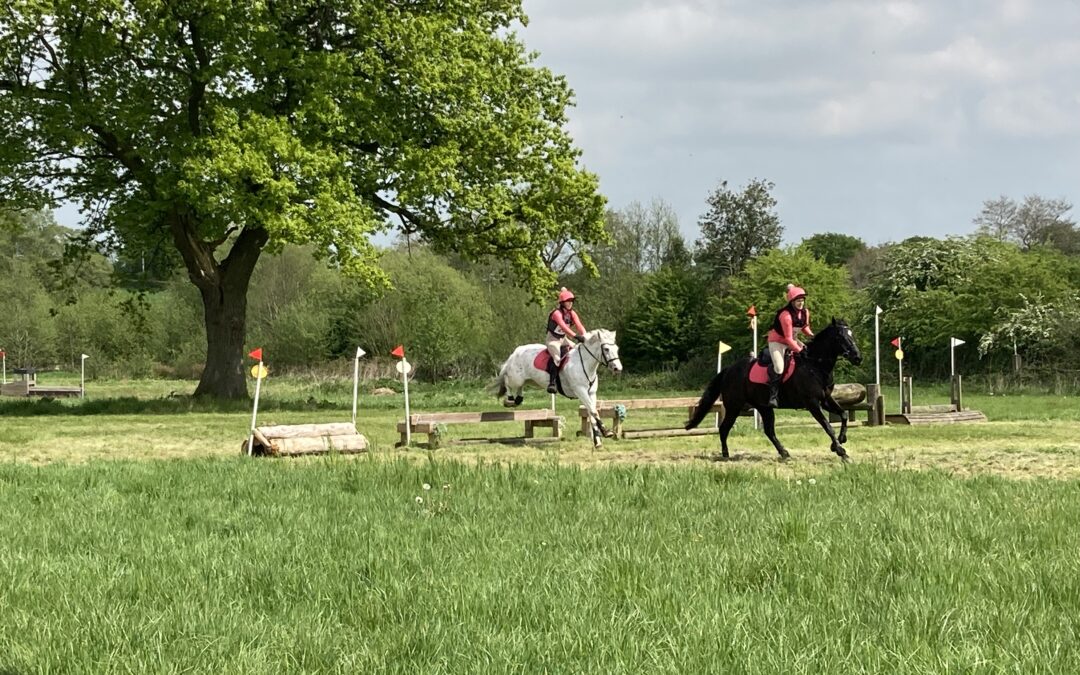Coming out of winter we have a variety of body shapes to choose from with our equid friends.
- Skinny
- Fat
- Pot bellied/lost top line
- Fit/continued to be in work.
These all required a different approach to feeding.
Skinny:
Why are we skinny?
- Have we had teeth done by vet/BEVA EDT within last 6 months?
- Any metabolic problems? E.g. EMS/Cushings
- Due to restricted turn out/ reduced forage intake in winter.
How do we want to increase weight gain?
- Increase fibre intake – either hay/haylage and fibre based concentrate feed.
- Addition of oil or micronised linseed – Both of these are safe ways of increasing the calorific intake with increasing the risk of laminitis etc.
- If work load is increasing too then a higher energy level feed may be needed. However, when starting fitness energy increased requirements can be achieved alongside a high fibre intake.
Remember the introduction of the spring grass will also increase the calorie and sugar content of your horse’s daily intake. This is why spring is often called “dragon riding season”.
Fat:
Why are we fat?
- Increased fibre intake?
- Reduced movement?
- Imbalance in concentrate feed:work load ratio.
This usually occurs during the previous summer and is maintained with the use of rugs and overfeeding throughout the winter months.
How do we decrease the weight before spring grass comes through.
- Feed roughage (hay or haylage) 1.5-2% of ideal body weight over a 24 hour period. This should be the dry weight of hay before soaking. Do NOT soak haylage – this can cause issues such as botulism due to fermentation of the bacteria in the haylage.
- Soak this hay (must be for a minimum of 12, ideally 14hrs)
- Increase movement – 30 mins of exercise per day (lunging, hacking, schooling, walking at a brisk rate) will naturally increase a horses heart rate. This type of exercise will increase your metabolism and so help with the burning of fat.
- Turnout in sand paddock/dirt paddock/arena – any form of gentle exercise can help with weight loss.
- Exercise can be carried out in the stable, if turn out time is limited: Using a Hayball or tying up nets on a hanging rope, makes a horse work to get it’s food. It will also increase the time it takes to consume its forage so reducing the risk of non glandular gastric ulceration.
- Keeping them at a cool temperature will also help. Being clipped, non/un rugged will help decrease overall body temperature, your horse or pony will increase it’s metabolism and therefore burn excess weight to stay warm.
Pot Bellied/lost topline
- Normally these body shapes aren’t actually over or under weight, its just the muscle distribution is out of balance. This can be caused by being unfit but can also have health implications in older horses (Cushings, EMS etc).
- Quite often this body shape will rectify with an increase in work load whilst maintaining the same dietary intake. If it doesn’t it is important to talk to your vet to look into other health concerns.
- Introducing long and low work with core engaging exercises such as trotting poles, hill work etc will make a huge difference to the muscle distribution and development.
- If this then results in decreased weight to the point that you are concerned, please refer back to the feeding for “skinny” or discuss your concerns with your vet.
Fit horses:
- Keep it up!
- Bear in mind the calorie and energy requirements through seasonal changes will vary. This is due to grass and grazing nutritional content
If you have any queries about this topic, do not hesitate to contact either Lucy or Shelley at the office, who will be happy to advise on individual needs.

